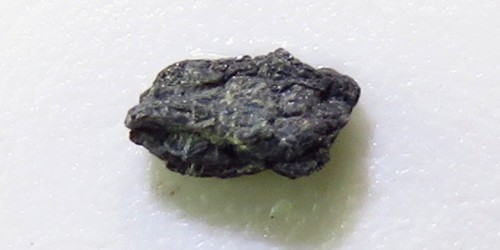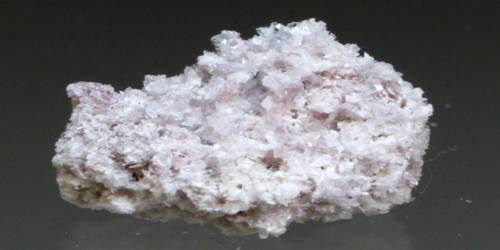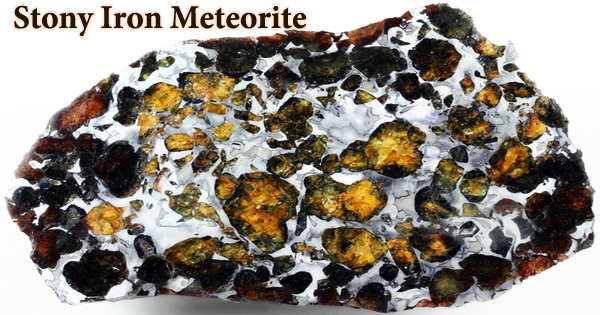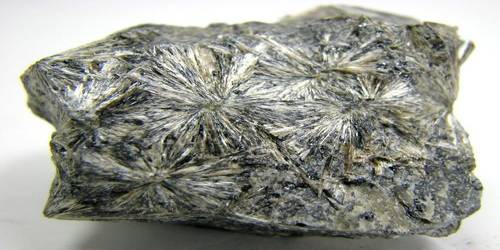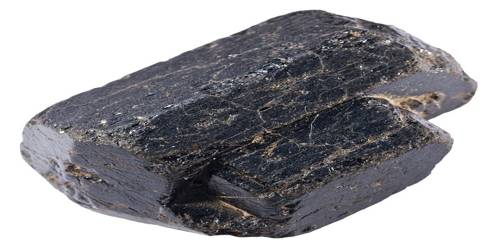Lonsdaleite also called a hexagonal diamond in reference to the crystal structure, is an allotrope of carbon with a hexagonal lattice. The great heat and stress of the impact transforms the graphite into diamond but retains graphite’s hexagonal crystal lattice. It is a hexagonal-dihexagonal dipyramidal mineral containing carbon.
Lonsdaleite was first identified in 1967 from the Canyon Diablo meteorite, where it occurs as microscopic crystals associated with diamond.
General Information
- Category: Mineral
- Crystal system: Hexagonal
- Crystal class: Dihexagonal dipyramidal (6/mmm)
- Color: Gray in crystals, pale yellowish to brown in broken fragments.
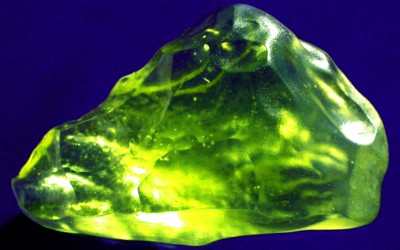
Properties
The property of lonsdaleite as a discrete material has been questioned, since specimens under crystallographic inspection showed not a bulk hexagonal lattice, but instead cubic diamond dominated by structural defects that include hexagonal sequences. A quantitative analysis of the X-ray diffraction data of lonsdaleite has shown that about equal amounts of hexagonal and cubic stacking sequences are present.
- Crystal habit: Cubes in fine-grained aggregates
- Streak: brownish yellow
- Mohs scale hardness: 7–8 (for impure specimens)
- Luster: Adamantine
- Diaphaneity: Transparent
- Specific gravity: 3.2
- Optical properties: Uniaxial (+/-)
- Density: 3.2 g/cm3 (Measured) and 3.51 g/cm3 (Calculated)
It is translucent, brownish-yellow, and has an index of refraction of 2.40 to 2.41 and a specific gravity of 3.2 to 3.3. Its hardness is theoretically superior to that of a cubic diamond, according to computational simulations, but natural specimens exhibited somewhat lower hardness through a large range of values.
Occurrence
Lonsdaleite occurs as microscopic crystals associated with a diamond in several meteorites: Canyon Diablo, Kenna, and Allan Hills 77283. It is also naturally occurring in non-bolide diamond placer deposits in the Sakha Republic.
Its presence in local peat deposits is claimed as evidence for the Tunguska event being caused by a meteor rather than by a cometary fragment. In nature, it forms when meteorites containing graphite strike the Earth.
Association: Schreibersite, cohenite, taenite, graphite, chromite, kosmochlor, sphalerite, black diamond (Ca˜non Diablo); troilite, graphite, diamond, schreibersite, cohenite (Allan Hills 77283).
Information Source:
